Even among the poorest 20 percent of the population in developing countries, 70 percent have access to mobile phones — more than those who have access to household sanitation improvements or electricity (Deichmann, Goyal, and Mishra 2016). More than 40 percent of the world has Internet access, with ongoing initiatives to reach the unconnected living in rural areas of developing countries. Innovations in digital technology are showing potential to help address skills and information gaps.
The use of digital technology in programs to improve women’s business acumen and technical skills can reach a subset of women who are unable to attend extensive in-class trainings or who face logistical challenges in accessing support programs. Online services can decrease the cost of delivering workshops, attract a larger pool of participants, and enable interventions that combine forms of enterprise support activities such as training and financial services (Bastian et al. 2018). E-learning programs permit women to complete coursework from their workplace or home and offer them the advantage of pacing themselves in fully absorbing and thoughtfully applying the knowledge presented.
E-extension systems can act as online information repositories, with specific information on best practices for different sectors as well as databases of input retailers and prices. Delivery of WSME business training and technical assistance through digital technologies can narrow knowledge gaps and yield more impact in terms of improved business practices and overall firm performance if the programs are well designed in terms of the topics covered (e.g., strategic communications, program marketing), delivery mechanisms (e.g., whether to include videos, e-learning platforms, face-to-face training), and the availability of IT staff for technical setup and troubleshooting. However, using video or other remote tools to reach women entrepreneurs may not significantly increase their participation if it is not combined with services like childcare, family outreach, and transportation for in-person activities and events (Buvinic and O’Donnell 2016). Increasing financial capability is one especially promising area for technology-based training and skills attainment.
Courses aim to improve the knowledge, attitudes, skills, and behaviors of participants so that they can better manage their resources and select and make use of financial services that best fit their needs. Successful interventions that have focused on women include the use of tablets loaded with games, videos, and other engaging content to build financial capability among rural women in Colombia (National Bureau of Economic Research 2019). Even several years after this intervention was implemented, the women continued to demonstrate improved financial behavior. Illustrative narratives, including stories and soap operas disseminated through mass media, have also been shown to be effective learning tools in strengthening financial capability. For example, a study based on financial capability messages in a South African (Berg and Zia 2017) soap opera showed improvements in knowledge of concepts relating to gambling and high-cost credit raised in the program.







